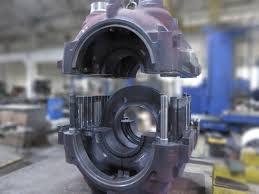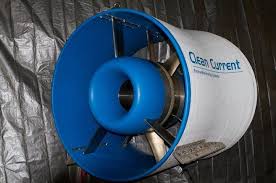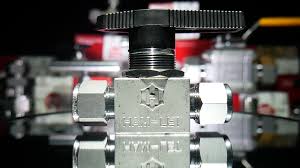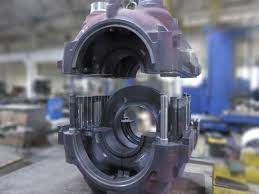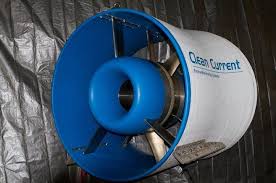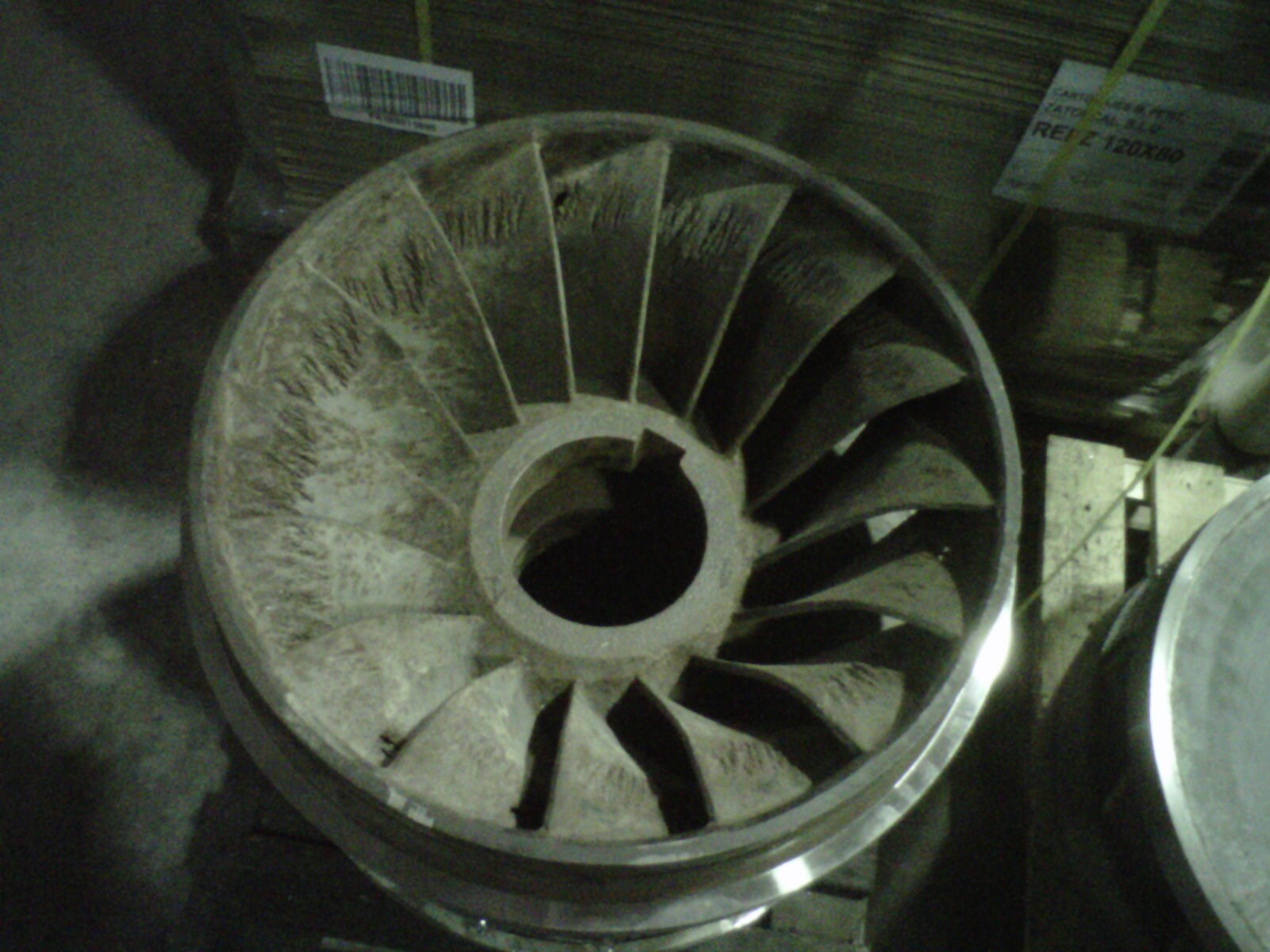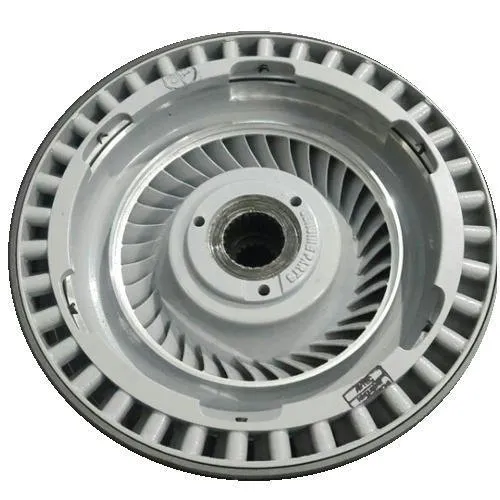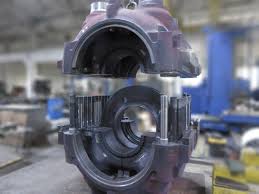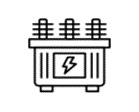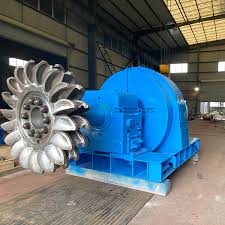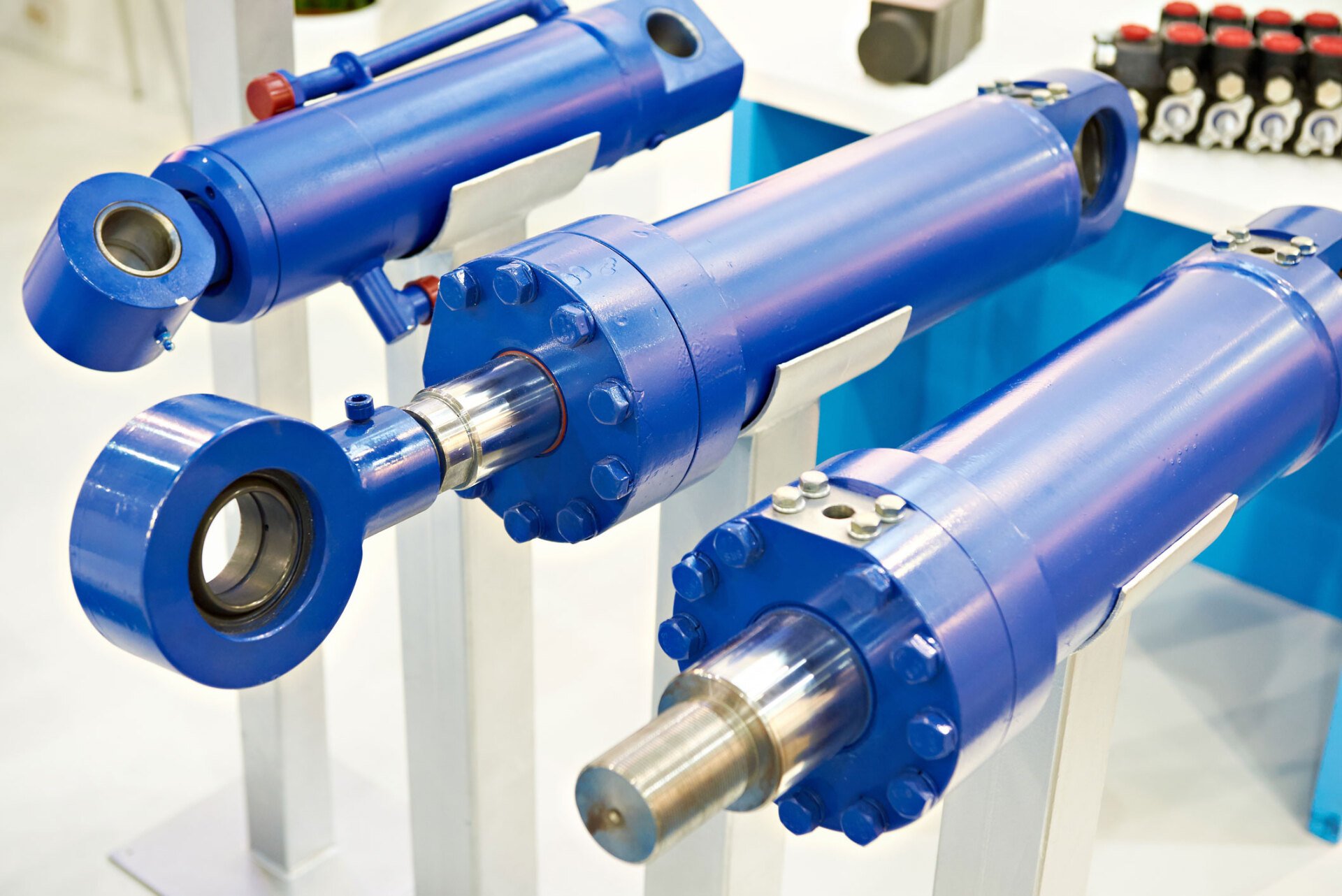216 MW Upper Trishuli-1: Physical progress 63 percent
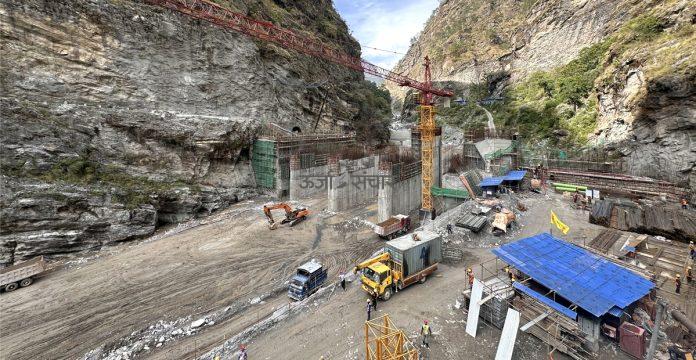
Kathmandu. The physical progress of the 216 MW Upper Trishuli-1 Hydropower Project under construction in Rasuwa district has reached about 63 percent. More than half of the work of the project being constructed by Nepal Water and Energy Development Company Pvt. Ltd. has been completed.
Under the leadership of Korean companies, the dam and other structures of the Hakuma project in Amachhodingmo Rural Municipality-1 of the district and the underground power house and other structures in Uttargaya Rural Municipality-1 are under construction with direct foreign investment. Upper Trishuli-1, where the generated electricity will be used for domestic consumption, is the largest project under construction with direct foreign investment.
The main construction of the project began in 2078 Paush. The construction of all the structures including the underground power house, main tunnel, dam, etc. is progressing at a rapid pace from all sides. The overall physical progress of the project is 63 percent.
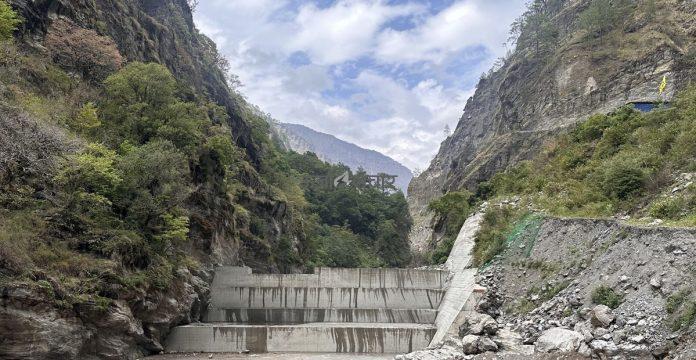
Only 400 meters of the project's 9.5-kilometer-long tunnel remains to be excavated. Of the approximately 1,000 people currently working on the project, 40 percent are from the project-affected Rasuwa district.
The Korean company Doosan Ernabiliti is working on the engineering, procurement and construction model for the project. The project promoter company has equity investments from the Korean government-owned Koen, the International Finance Corporation under the World Bank Group, and others.
The project has been financed with 70 percent debt and 30 percent equity. Nine international financial institutions have signed agreements to invest 453.2 million US dollars in the project, which has a total estimated cost of 647.3 million US dollars (including interest during the construction period). The remaining amount has been raised from equity.
The project will generate 1.53 billion 31 million units of energy annually. Of the total annual energy generated by the project, 38.75 percent will be generated in the winter season and 61.25 percent in the rainy season. The generated energy will be connected to the Trishuli-3B-Hub substation of the Nepal Electricity Authority and integrated into the national transmission system. A power purchase agreement has been concluded between the company and the authority.
The project is considered very attractive for the country's electricity system as it is close to the Kathmandu load center and will generate 104 MW of electricity even in winter, when electricity demand is at its peak. The project will generate 104 MW of stable (farm) energy throughout the year. The project is targeted to be completed by Mangsir 2083.
Content Source : 
Image Source : Urjasanchar
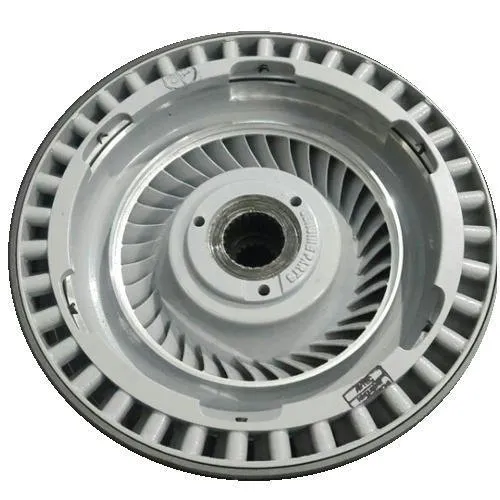 Turbine OEM (0)
Turbine OEM (0)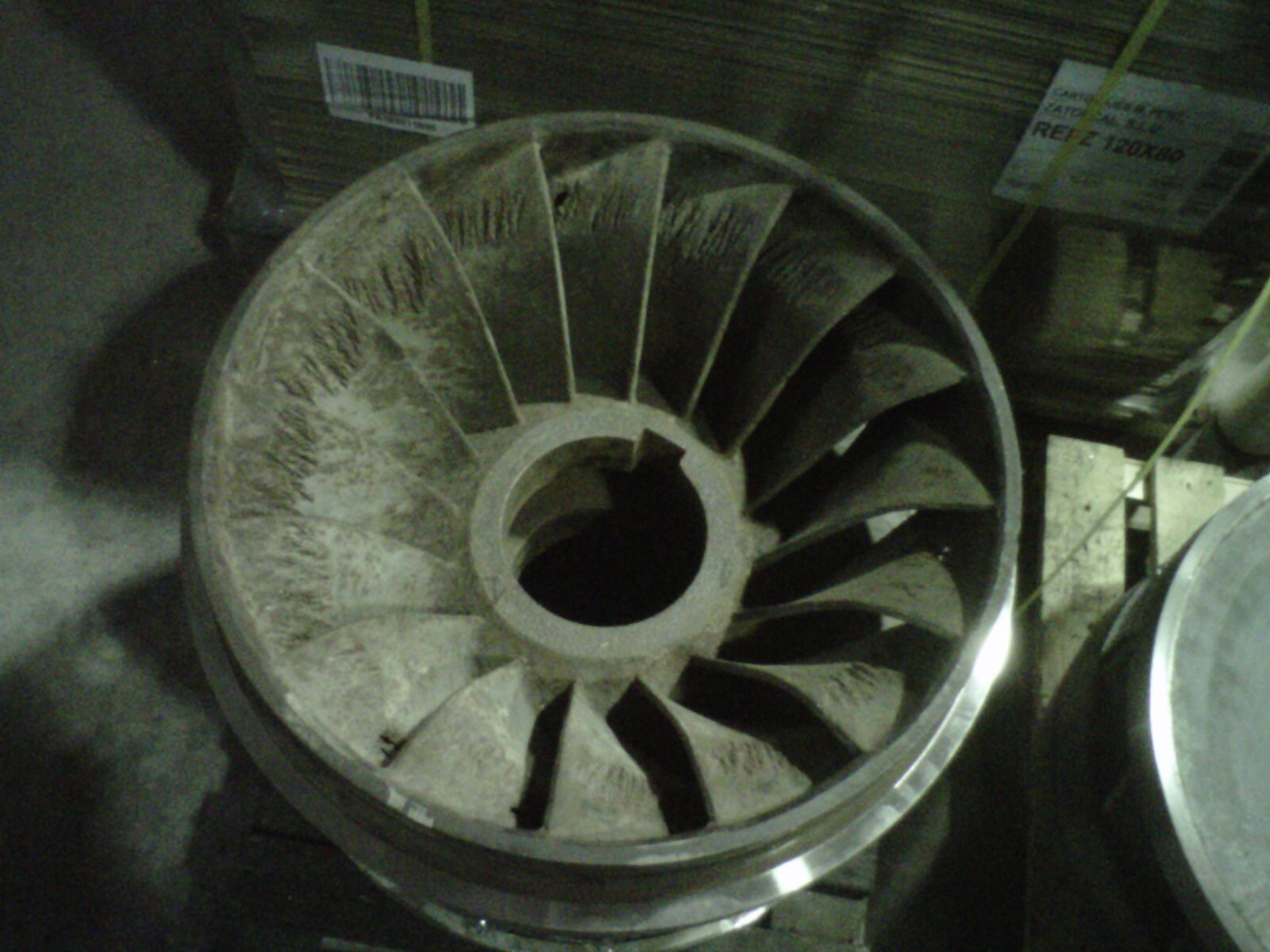 Runner repair (0)
Runner repair (0)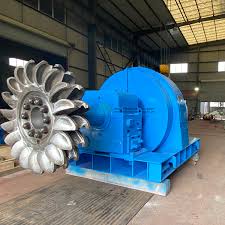 MIV OEM (0)
MIV OEM (0)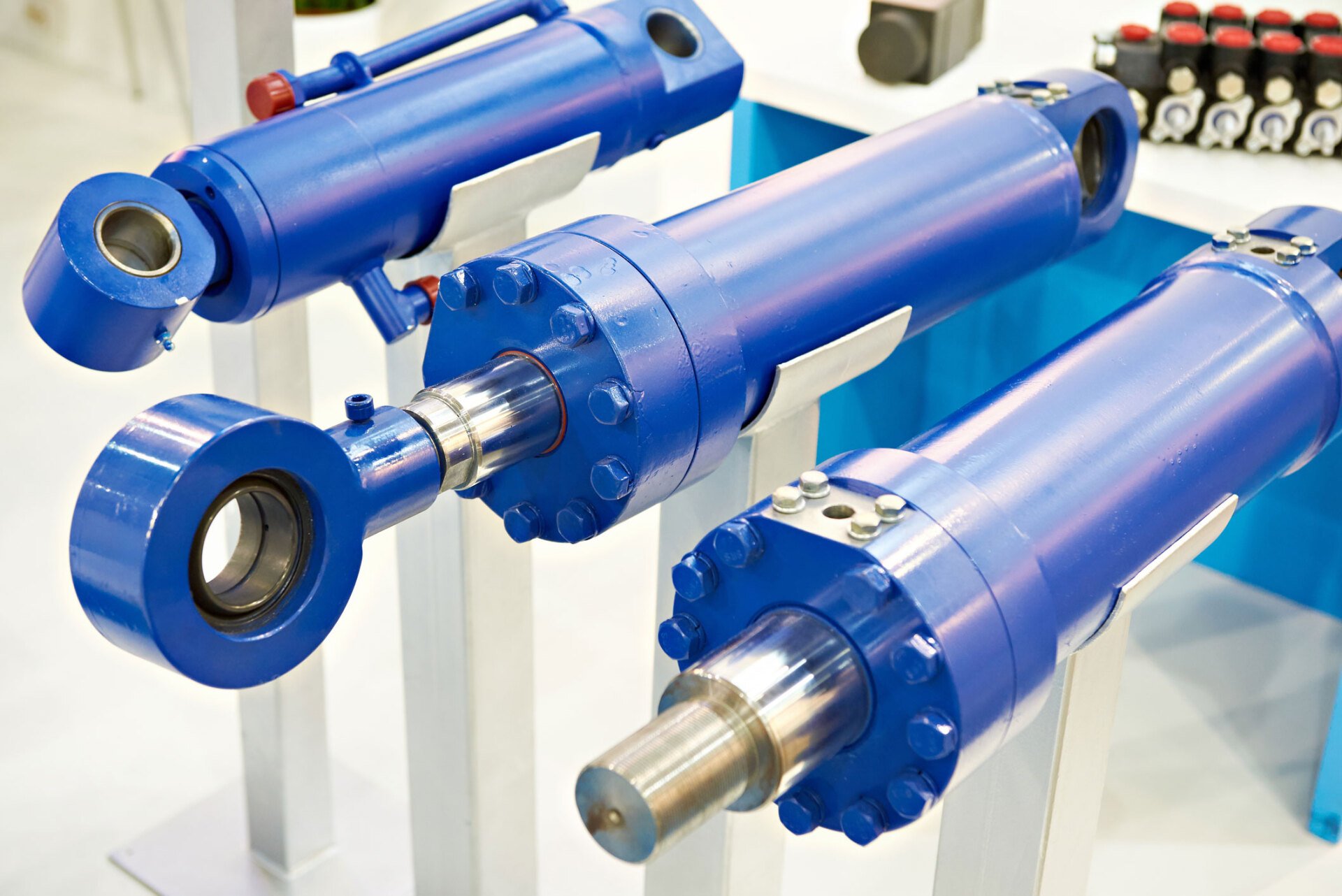 Hydraulic System (0)
Hydraulic System (0)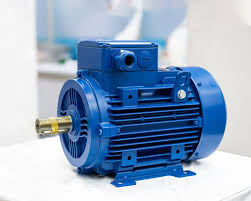 Motors (0)
Motors (0)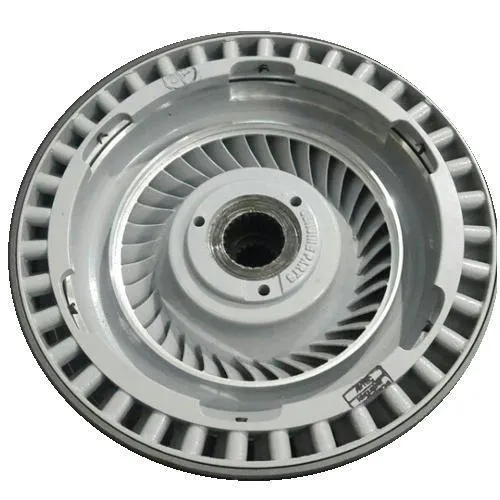 Generator OEM (0)
Generator OEM (0) AVR (0)
AVR (0) Cleaning Repair (0)
Cleaning Repair (0)

